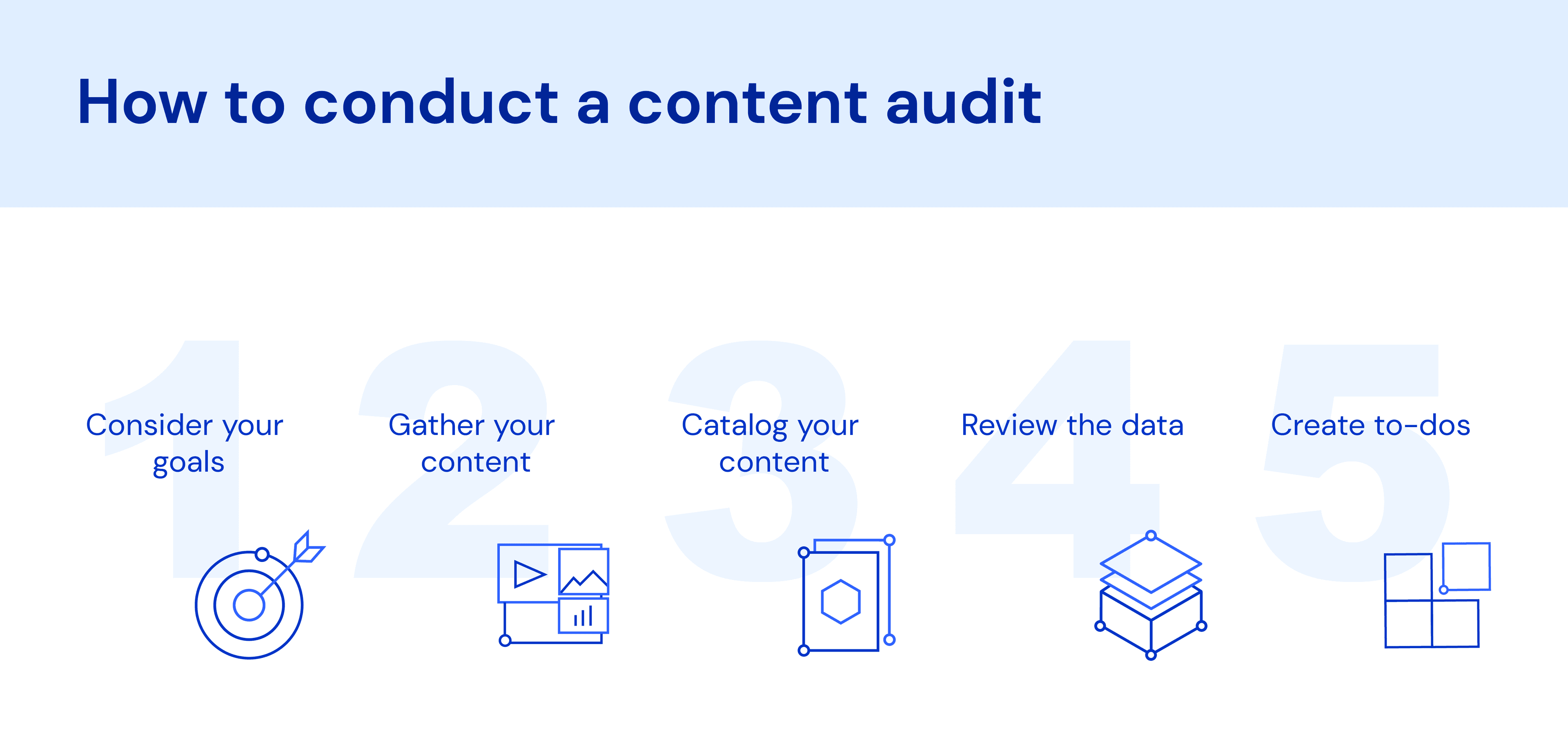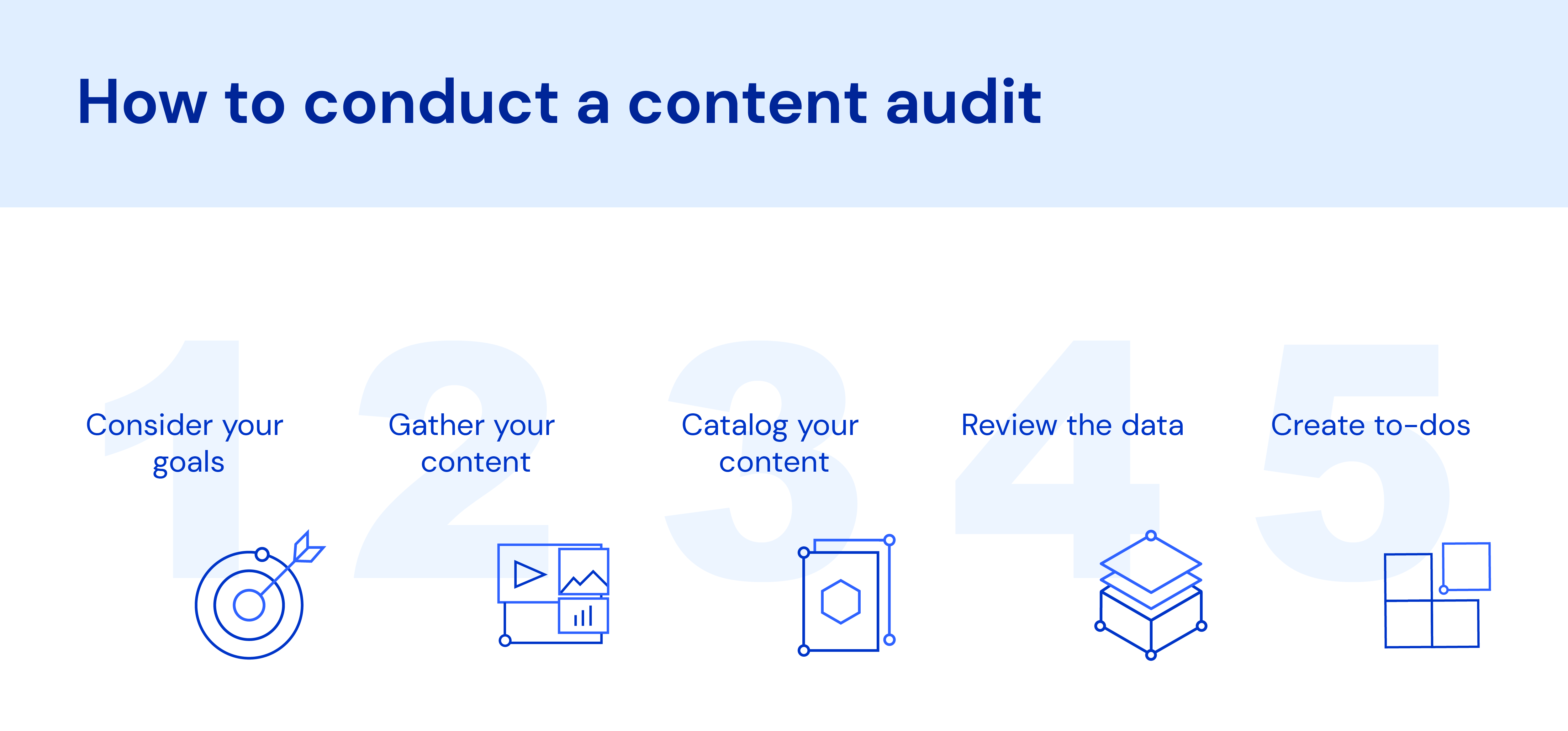Uniform blog/Content audit: reviewing and optimizing website content
Content audit: reviewing and optimizing website content
Content audit: reviewing and optimizing website content
Content auditing, one of the paramount yet overlooked tasks in content strategies, delivers tangible, quantifiable, and SEO-related benefits. Besides revealing visitor statistics, auditing content helps you ensure that audiences can find targeted, up-to-date, and accurate information on your site. To be sure, your information architecture and findability is a key factor, but a content audit shines a light on what data to retain and advocate, also what to discard.
The time to conduct a content audit
Most organizations conduct a content audit to fulfill an important marketing initiative, often a rebranding or replatforming. Truth is, a sound content strategy demands that, instead of auditing content immediately in advance of a prominent event—like frantically flossing right before a dentist visit—you should do that regularly.
Benefits of a content audit
Back to the flossing example: As much as we’re aware that flossing regularly is a good idea, we often neglect it because it’s a chore, let alone that the benefit is not immediately obvious. However, since most organizations prioritize content creation over audits, pinpointing the compelling content is a tremendous help for zeroing in on the topics that resonate with your audience.
Less commonly evaluated is underperforming or, worse, outdated content. The larger the organization, the more likely it is to present obsolete content, confusing visitors and ruining the company’s reputation.
So, be sure to routinely practice “content hygiene” to gain an insight into the performant content and ascertain that it’s up-to-date and on brand.
Procedure for conducting a content audit

A content audit involves the following steps:
1. Consider your goals.
The goals of a content audit often relate to marketing activities, for example:
- Customer acquisition, which is closely connected to SEO
- Behavior metrics: time on site, abandonment rate
- Engagement metrics: social shares, likes
- Conversion metrics: purchases, customer data
You might also have prerequisites that are affected by the content quality and framework, e.g., accessibility, segmentation of topics, and structure.
2. Gather your content.
Depending on your need, conduct a content audit with either the tools at your disposal, such as analytics reports or your CMS, or adopt more comprehensive crawling tools to construct a picture of your content footprint.
3. Catalog your content.
Collect the data points that are aligned to your goals and actual data. For example:
- Engagement is reflected by the frequency of content sharing within social channels.
- Conversion might be a result of whitepaper downloads, products purchased, and the like.
A more advanced analysis would track that information over time. Despite its age, certain evergreen content continuously performs well. In other cases, content might become stale after a while. Remove it to avoid crowding out newer, more performant content.
Above all, metadata like author name, publish data, content type, and content theme is key for success.
4. Review the data.
To learn from the data, do a goal-related analysis. For example:
- If you’re aiming for more conversions, what are the flourishing content-related patterns?
- If you are undertaking a migration, what content can you retire—or at least remove from the navigation—to reduce clutter?
5. Create to-dos.
Follow-up by crafting a plan and implementing the necessary changes accordingly—not only to update or delete old and subpar content, but also to reuse or generate more popular, evergreen content.
Those action items become all the more crucial in case of a content audit for rebranding or replatforming. In that case, you must strategize how to migrate content into the new design and system, as well as the implications, if any, for remapping URLs or redirects.
Helpful tools for your content audit
Here are three effective tools that help collect, catalog, and review content:
- Screaming Frog SEO Spider :https://www.screamingfrog.co.uk/seo-spider/
- Semrush Content Audit: https://www.semrush.com/content-audit/
- Autogram Spidergram: https://github.com/autogram-is/spidergram
Next Steps with Uniform
Uniform can help with the next steps of building new channels, adaptations, information architecture, and content models while leaving the existing systems and content sources intact. Do check out our site and schedule a free demo.
A content audit should examine content criteria like popularity (such as from the SEO score), quality (highly consumed or engaged), and accuracy.






.png&w=1080&q=90)
.png&w=1080&q=90)
.jpg&w=1080&q=90)